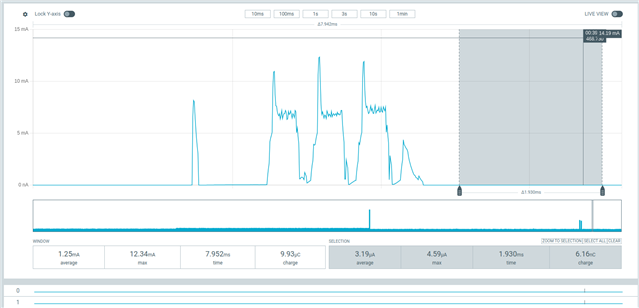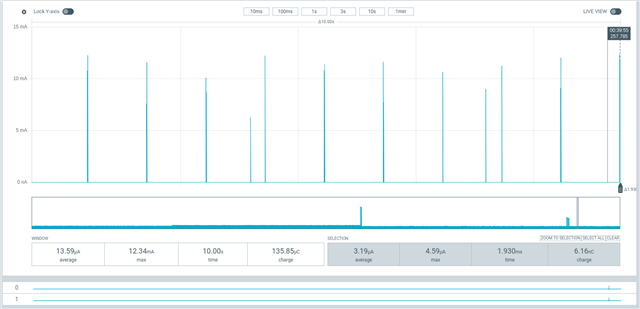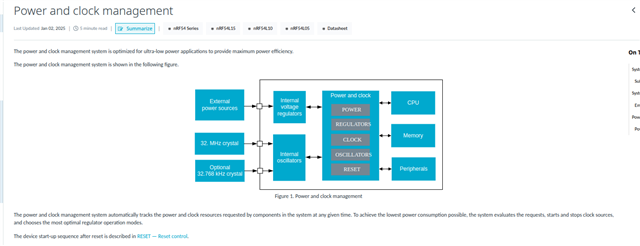i'm looking for an extremely simple BLE beacon app, which advertises (say) at 1HZ and then enters a "low-power" sleep mode....
there are numerous samples included in the SDK -- where should i start????
i've tried the (eddystone) beacon sample.... works fine -- though it's not obvious how to change the advertising interval....
more important, however, the target is consuming ~300 uA between advertising events....
is there a sample app that enters some ON_IDLE state with current consumption in the 1-2 uA range???






